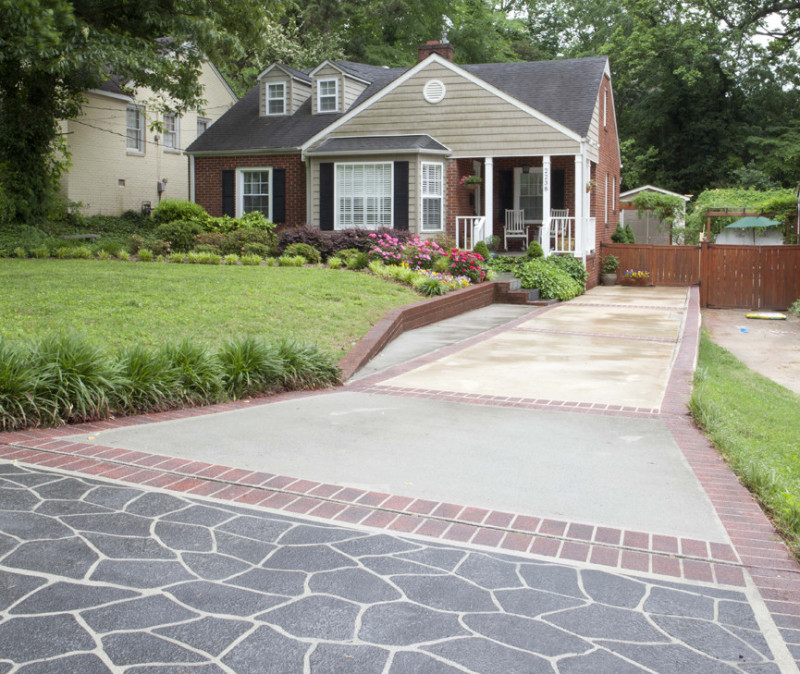

One of today’s top building materials, concrete is versatile, durable, and affordable. But you need to handle it right. Find out the best practices for installation and repair of concrete flatwork, in this chat with Sakrete’s Cory Olson.
What is Concrete Flatwork?
The defining feature of concrete flatwork is that it’s horizontal to the earth’s topography. (It isn’t always truly flat, due to land slopes and the need for directing water runoff.) Common concrete flatwork projects are driveways, sidewalks, patios, and outdoor living spaces.
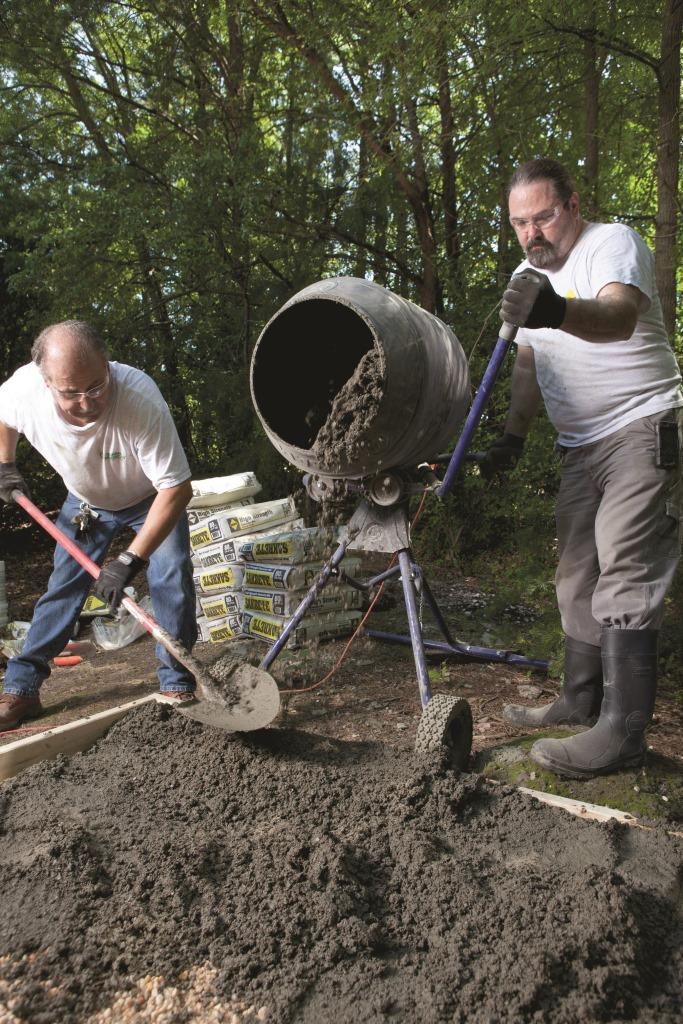
Install a Concrete Slab
To successfully install a concrete slab, first and foremost do your prep right. Excavate 8-10 inches minimum. Add a layer of impacted gravel in a 1:1 ratio (think 4 inches of gravel for 4”-thick concrete) for water drainage under the slab.
Apply at least 4 inches of concrete, depending on what will go on top. For example, driveways need a thicker slab, to handle vehicular traffic, than a sidewalk. Point loads require footings for support -- inquire with your local building authority regarding size requirements. Ensure the concrete is formed up, providing slope to an area where water can escape. Check your regional building code; however, the rule of thumb is ¼” pitch per foot.
For a DIY concrete driveway, cut expansion joints every 8-12 feet in either direction allowing for movement to help prevent cracking.
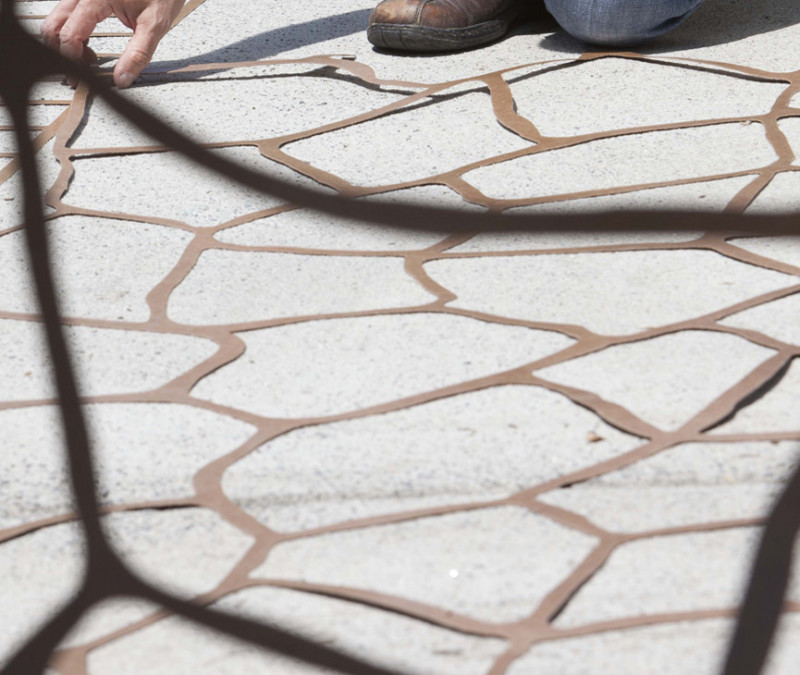
Color and/or Stencil Concrete Flatwork
Sakrete Flo-Coat™ Resurfacer bonds very well to existing concrete and can be used in a thickness of only 1/8-1/4 inch. Flo-Coat can also be spray-applied for stenciling using a hopper gun.
Add color to the mix prior to stenciling. This helps make the concrete resemble your desired material – perhaps brick or natural stone. Choose from earth tones such as black, brown, buff, red, or terracotta.
You can even cover up your concrete stencil with a new design if you want someday … as long as the original stenciling wasn’t done with an epoxy coat or sealed (this would have to be removed before applying new material). Proper preparation of the existing concrete surface is critical to ensure a good bond.
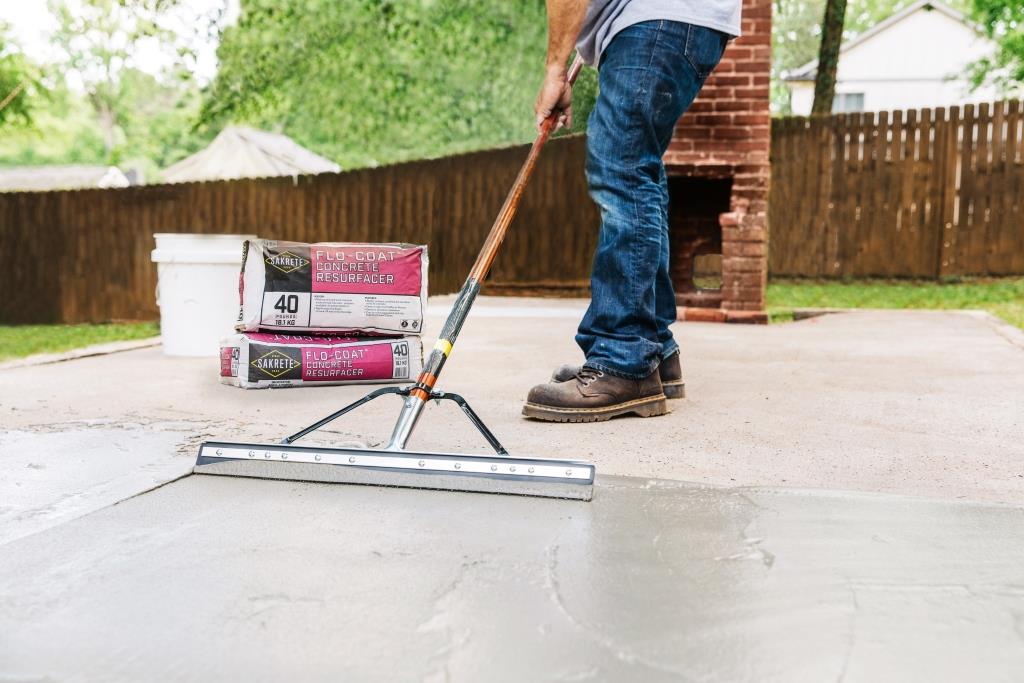
Prepare existing concrete by removing all unsound concrete, grease, oil, paint, sealers, and other foreign material that will inhibit adhesion and performance. Slick or sealed surfaces must be thoroughly roughened.
Enhance adhesion with a bonder/fortifier. Brush or roll on, or add in as you mix the dry concrete, replacing 50 percent of the water. Several products already contain a bonder/fortifier.
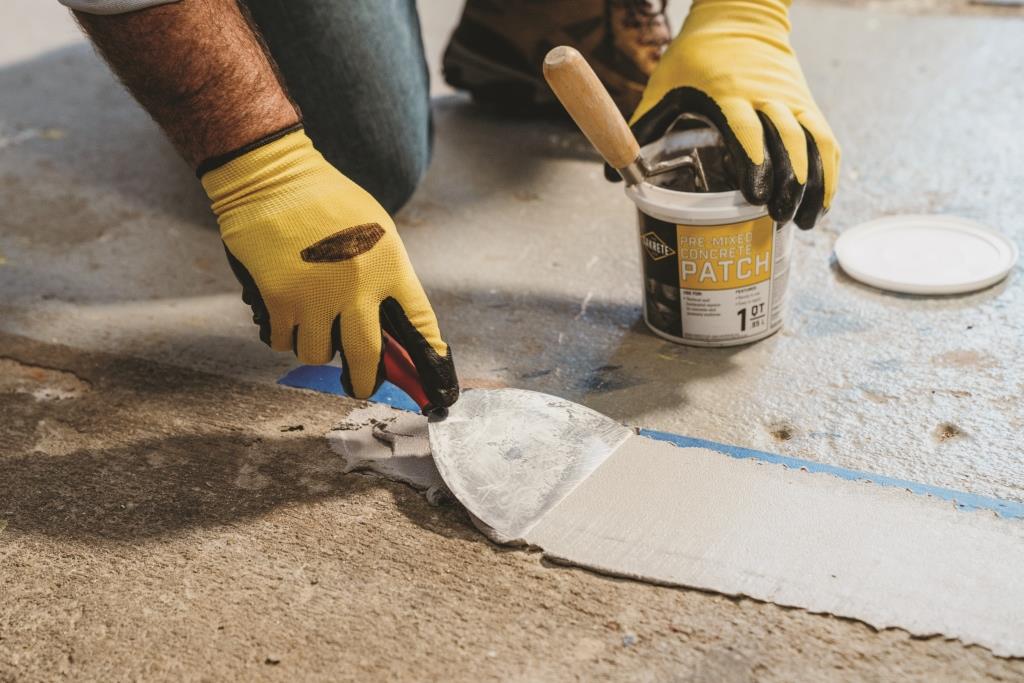
Fill cracks on concrete flatwork using self-leveling urethane sealant, simple to apply with a caulking gun. This type of sealant, good for cracks anywhere from ¼ to 3/8” on horizontal surfaces, expands and contracts with the weather, much the same as caulk.
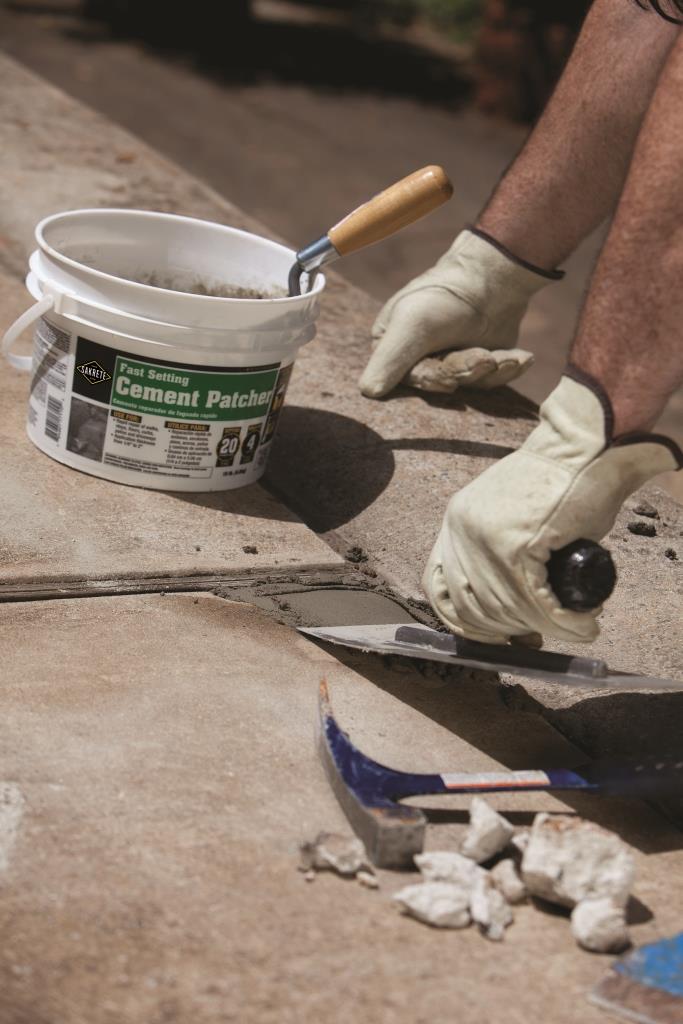
Fast-setting patcher, which sets in 15 minutes, is excellent for uncomplicated patching of corners or curbs. It allows you to form points and curves with your trowel -- perhaps on the rounded part of a stair -- and won’t slop away from you like regular concrete mix with an initial set time of 8 hours.
Expert Guidelines for Concrete Flatwork